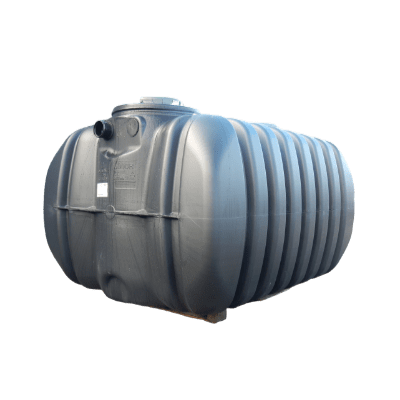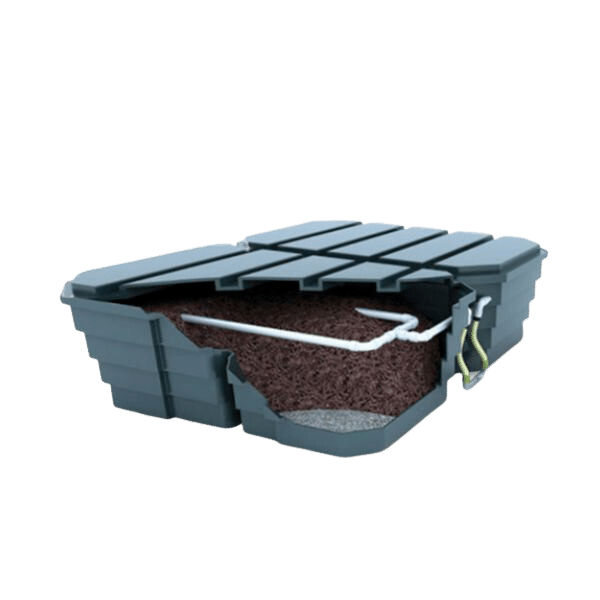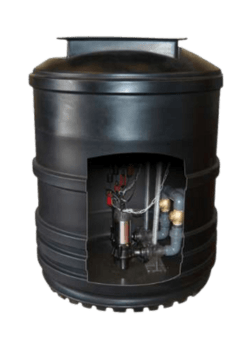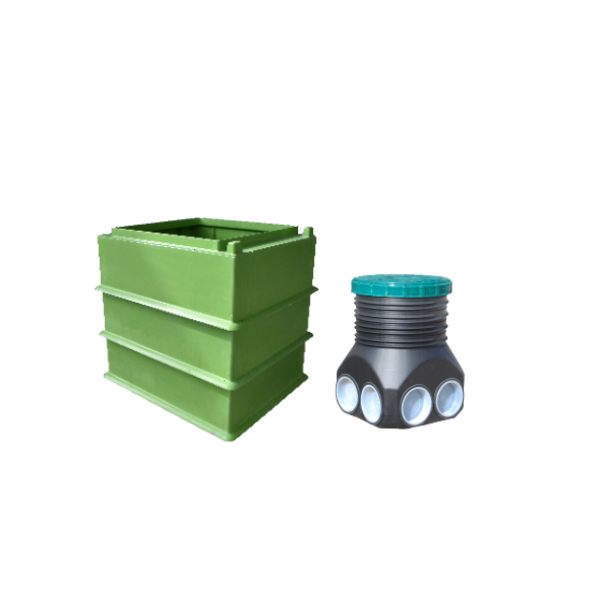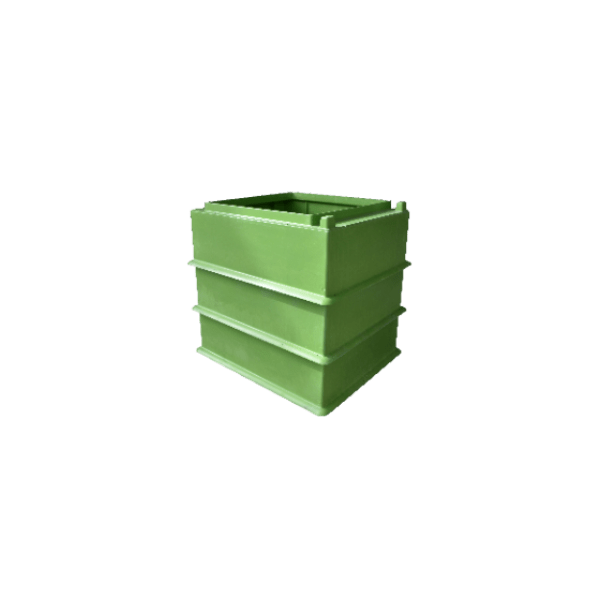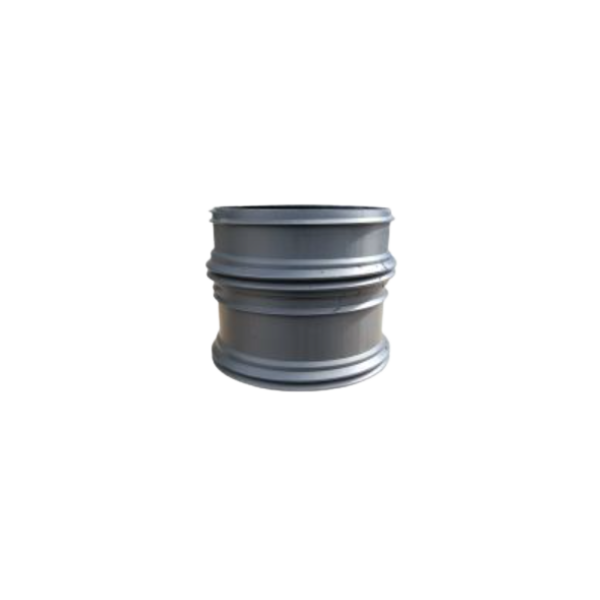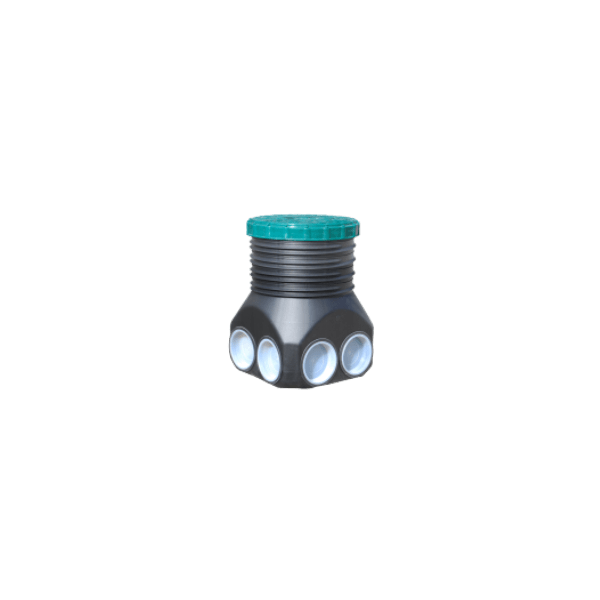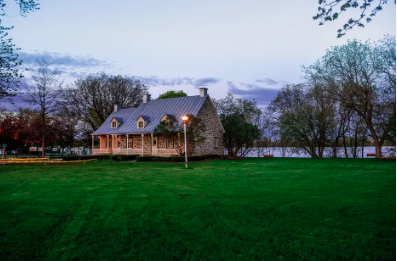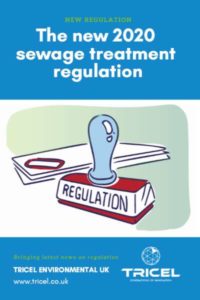SEWAGE TREATMENT
Septic tank regulations in the UK
OVERVIEW
Regulations
For the past 5 years, the government has been creating more and more environmental septic tank regulations. The latest update was on January 1st. 2020 for England and Wales. As a homeowner and/or a septic tank user, what does that mean for you, and how do you know you respect governmental requirements? Read more.
Since 2015, more and more septic tank regulations have been released by the government. The aim? Limiting waterways pollution and ensuring higher water quality. For this particular reason, more controls have been set up year after year by local environmental agencies here and there in the UK. With the January 1st, 2020 reform, homeowners, home sellers, home buyers and tenants are now required to consider those changes. There are mainly surface water discharges and outdated septic tanks. You might expose yourself to financial sanctions by not respecting the new requirement.
Table of Contents
If you have any questions, feel free to call us
VISIT OUR VRTUAL SHOWROOM
Are you subject to the septic tank regulations?
If your system has been installed before 2015, there is a high chance that you are. Depending on your status when it comes to your dwelling, the answer might change widely.
- You are owning a house and a wastewater treatment system.
- You are using the system for your domestic effluents.
- You are selling your property, and the system needs to be updated.
- You are the owner of an investment property/holiday home, and you are supposed to ensure the maintenance and repair of the septic tank.
- You are renting a place or leasing it, and you agreed to take care of the operation and the maintenance of the sewage treatment system.
What are the septic Tank Regulations as of January 2020?
As of January 1st, 2020, many septic tanks will need an upgrade or to be replaced with a new sewage treatment plant. Why? You are not allowed to discharge your domestic effluents into a watercourse. In the past, you had two options:
- The drainage field is not affected by the new regulations
Once exiting the septic tank, the effluent has to go through a network of pipes in the drainage field (percolation area). It provides a final purification stage to ensure high water quality and limit pollution. It has to meet the BS EN 6297:2007 standards.
- Watercourse, no longer allowed.
Before the 2020 regulations, sewage discharge used to be poured into waterways (lake, river or stream) upon its exit from the septic system. It is no longer allowed.
You might need to repair or change your septic tank if:
- You have cracked pipes/walls or any missing dip pipes, faulty mortar joints etc.
- There’s any sign of leakage in the walls or pipes
- You have pipe blockages.
- You have ‘backing up’ issues with the tank or manholes.
- There’s notable soggy areas on the ground near the drainage field.
- You observe any type of pooling of water around the tank or drainage field.
- There’s a smell coming from the drainage area or tank.
What are your options?
Does your wastewater system need to be updated and respect the new septic tank regulations?
- Contact the environmental agency
- Install a percolation area (drainage system) if your soil allows it
- Replace your non-compliant tank or sewage treatment system.
Local agencies in the UK
Quality
WHY CHOOSE US
Because Tricel manufactures and chooses the best materials for the design of its products. Most Tricel products have warranties of up to 10 years guarantee. All our products within this product range is CE certified to EU safety, health and environmental requirements.
Please find below the list of our products and the warranty that is applied. Note that this warranty is only valid if the sewage system is properly installed by a qualified installer. Please also know that all warranties are subject to correct use of the product, including maintenance as per manufacturer guidelines.
Tricel product range
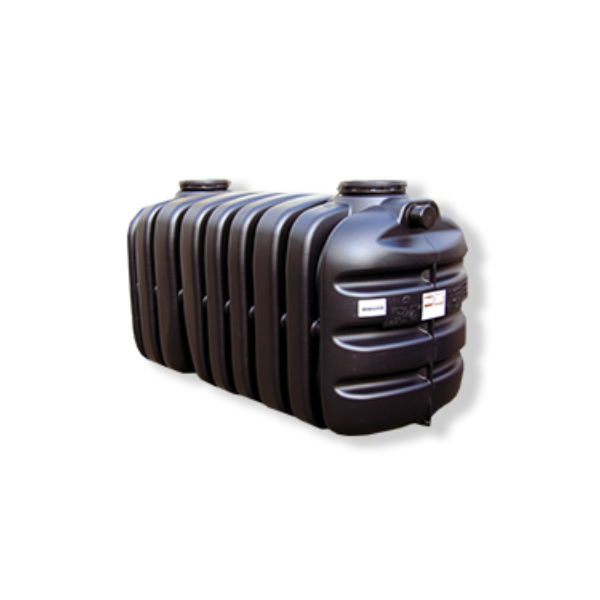
Tricel Vento Septic Tank
Shallow dig tank, strong & robust underground tank, No electrical or moving parts. Ideal for sites with good drainage & plenty of space.
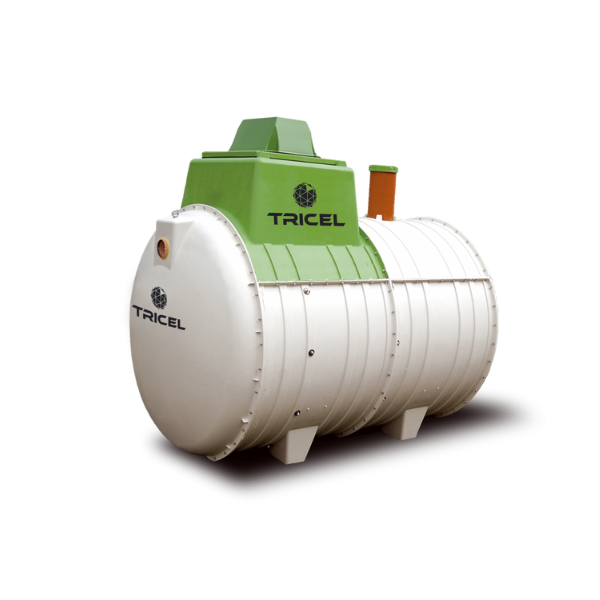
Tricel Novo Sewage Treatment Plant
Durable & long lasting SMC tank, shallow dig tank, easy installation (Plug and Play), long life components.
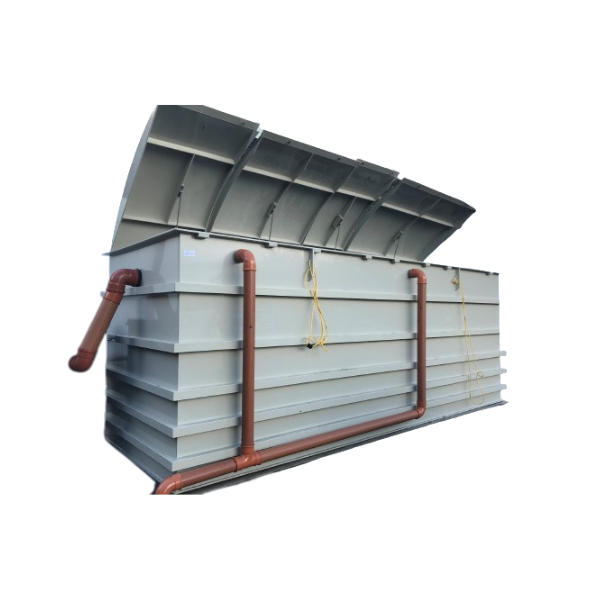
Tricel Maxus Sewage treatment Plant
Commercial plant. Submerged Aerated Filter (SAF) technology. Ideal for every project over 50 Population Equivalent.
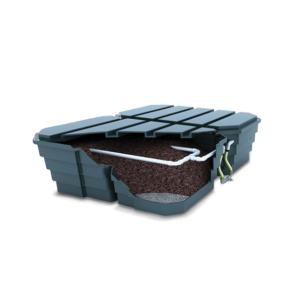
Tricel Puraflo Packaged filter
Ideal for sensitive sites, compliant to British Standard, small footprint.
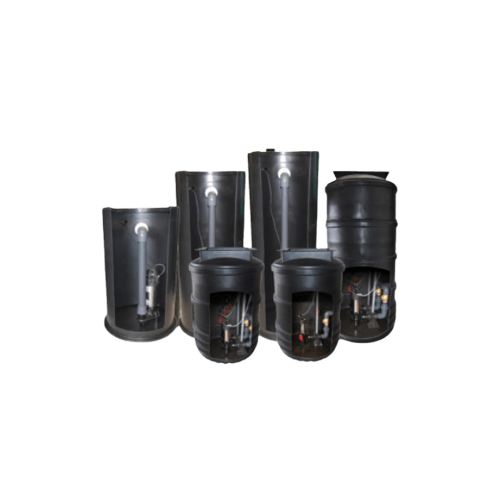
Tricel Pumping Stations
Pump fluids from one place to another where gravity drainage cannot be used, easy and trouble-free installation
50 YEARS IN BUSINESS
A highly successful multinational corporation with over 50 years’ valuable industry experience
SEWAGE TREATMENT PLANTS
Plants available for all capacities, from 1PE up to 50PE. Free advice on request.
FAST DELIVERY
On-time delivery is a core requirement of our successful business operations

Recent projects compliant with the septic tank regulations
Extensive industry experience, manufacturing since 1973.
Tricel manufacture deliver & install sewage treatment plants across a wide range of industry sectors throughout Ireland & the UK. Tricel also provide import/export services for our international clients. Top quality material offers outstanding capabilities including long life, durability and is a cost-effective solution for sewage treatment even in the harshest environments.
Tricel has installed many of its Tricel Novo Sewage Treatment Plants across the UK.
Check some of our projects by clicking on the button below.
Frequently Asked Questions
WHAT IS THE DIFFERENCE BETWEEN A CESSPOOL, A SEWAGE TREATMENT PLANT AND A SEPTIC TANK?
A cesspool is a simple storage vessel with an inlet and no outlet. It’s a sealed storage vessel; all the water coming in stays within the tank. The advantage is it doesn’t need an outlet. The disadvantages are: there is no treatment, the tanks are huge, and it needs regular emptying. Everything which has gone in must be sucked out. Ideal for sites which have got very infrequent use (Sheppard huts, for example).
Septic tank
A septic tank has an inlet and an outlet; it’s a simple overflow system. See how a septic tank works here. The advantages of the septic tank are there is no mechanic and no electricity requirement for it to work. The disadvantages are you are discharging dirty water, and untreated sewage effluent, as a tiny breakdown has occurred in the tank. You can only release water to a drainage field for the water to go through the subsoil to treat the water.
Sewage treatment
A sewage or package treatment plant has an inlet and an outlet; the wastewater is treated inside the tank. Aeration is provided inside the tank for the aerobic bacteria to feed on the waste and remove it from the liquid. The advantages are the wastewater is treated and can be discharged to a watercourse.
Many package treatment plants are available on the market:
- Trickles filters
- Rotating Biological Contactors (RBC)
- Mobile media bio-reactors
- Activated Sludge systems
- Sequence Batch Reactor systems (SBR)
- Fixed Bed Systems (like the Tricel Novo)
ARE THERE ANY SEWAGE TREATMENT PLANT REGULATIONS TO BE AWARE OF?
UK sewage treatment plants must comply with EN 12566-3 2005 regulations.
You should also hire a professional to install your sewage treatment system. For any sewage treatment plants you intend to install, you should also check your local guidelines to determine if planning permission is required.
HOW DO SEWAGE TREATMENT PLANTS WORK?
A sewage treatment plant is where domestic wastewater and sewage are treated. The sewage treatment plants break down organic matter through the primary settlement and aeration chambers. Sewage treatment plants require little maintenance and have low running costs, and sewage effluent is discharged into drainage fields or watercourses.
WHAT IS THE QUALITY OF THE WASTEWATER PRODUCED?
For example, the required standards are 20:30:20 for BOD, SS, and NH4.
Tricel® has achieved an 11:16:9 result during independent testing.
HOW LONG DOES IT TAKE FOR THE PLANT TO BEGIN OPERATING?
In order for the biomass to reach its optimum purification, it may take up to 16 weeks.
IS THE TREATED WASTEWATER REUSABLE?
You may be able to discharge directly into a watercourse or to a percolation area depending on your region. Find out which option is best for you by contacting your local council.
WHAT SIZE SEWAGE PLANT DO I NEED?
The sewage treatment plant’s size depends on the effluent volume from your house. It is determined by the number of people using the system, which is calculated based on the number of bedrooms in your home. If you need further information, contact our team.
WILL I NEED TO EMPTY (DESLUGING) MY SEWAGE TREATMENT PLANT?
Occasionally, your sewage treatment plant will need to be emptied due to the accumulated sludge inside – usually once a year. The frequency of emptying your treatment plant depends on its size and usage. See our dedicated page about desludging septic tanks and wastewater treatment plants.
WHY DOES THE USE OF RISERS MATTER?
1) to prevent surface water from entering the tank and overloading the system as this can inhibit growth of the bacteria and could reduce the effluent quality.
2) to prevent water getting into blower housing which can harm the control panel and the air blower.
Learn more about Tricel Novo risers.
Get in touch
